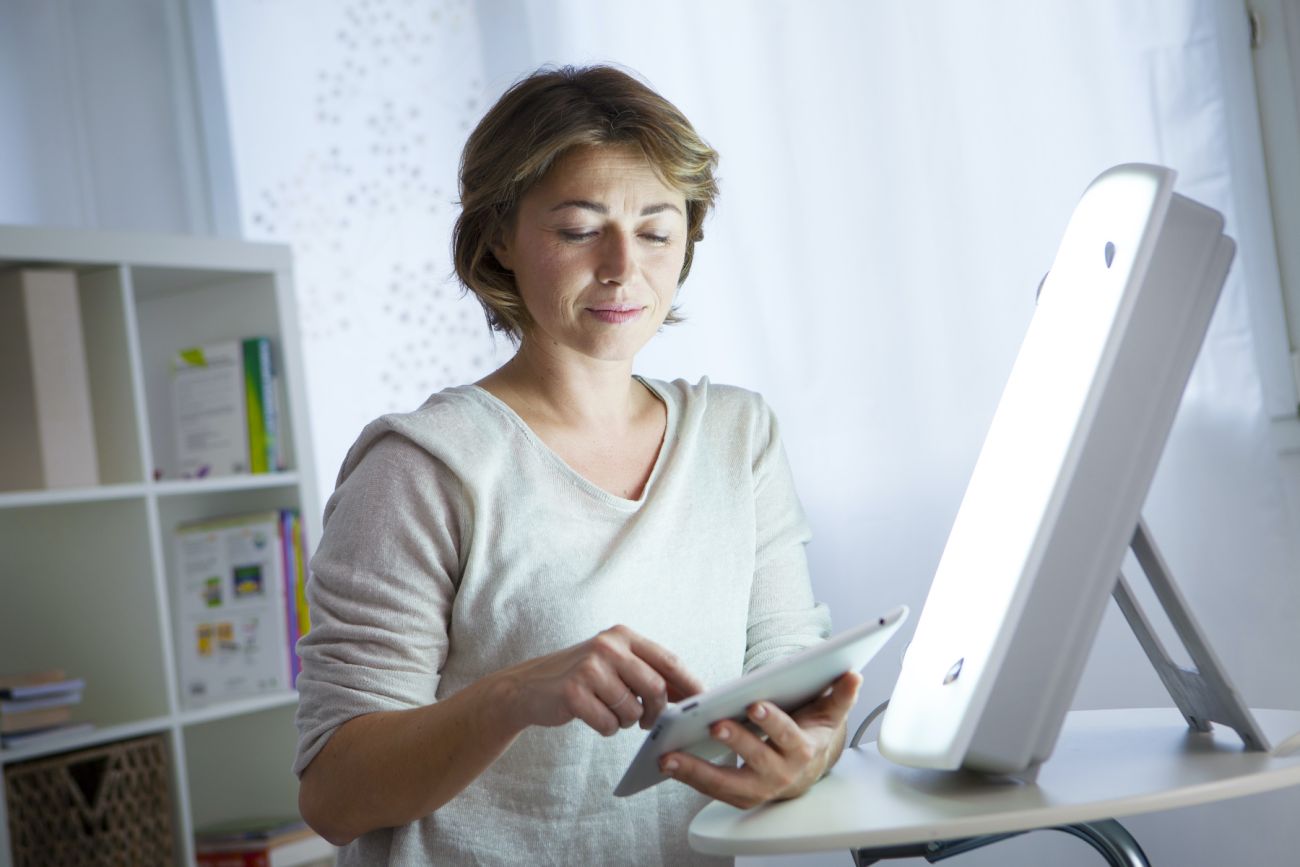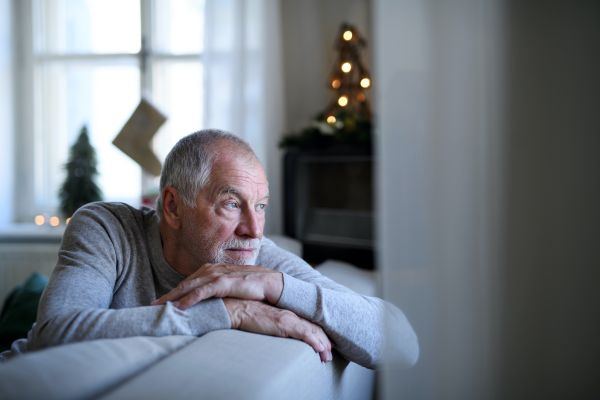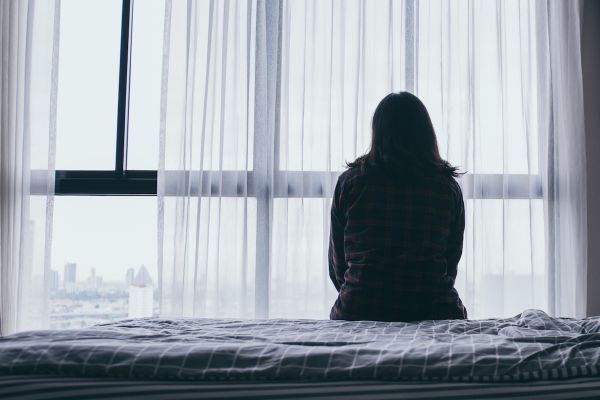Seasonal affective disorder is also known as SAD, a fitting name for a type of depression associated with the lack of light in late fall and winter. In Buffalo and other northern climates, the shorter days and gray skies give 10 to 20% of the population ‘the winter blues,’ while about 5% suffer from the more serious seasonal affective disorder.
SAD can make it difficult to function normally, to get up for work or school, keep your social engagements, and enjoy activities that used to bring happiness. COVID may be adding to that challenge. For those who also are living with a cancer diagnosis or going through treatment, the triple stressors can make coping even more difficult.
What causes SAD? It is believed that less daylight causes our melatonin level to go up and our serotonin level to drop. Melatonin is a hormone that helps regulate our sleep/wake cycle. Too much melatonin can make you feel tired and ‘blue.’ On the flip side, low levels of the hormone (and neurotransmitter) serotonin can lead to depression, sleep problems, anxiety, weight loss/gain and difficulties with memory or learning. Changing seasons can also affect sleep patterns and circadian rhythm (the internal clock that lets us know when to sleep and wake).
If you are living with cancer or are going through cancer treatment and are experiencing SAD-type symptoms, let your doctor know so you can get a proper diagnosis and treatment advice. In the meantime, here are a few suggestions to help you manage:
- Go outside and move! Go for a walk, if possible, but just getting outside is helpful (even on gray days).
- Eat nutritious foods. Evidence shows that eating nutritious foods can help support your immune system and suppress inflammation, both of which are important for those who have cancer. You can get more nutrition tips from our brochures (approved by our Registered Dietitian Nutritionists): Good Nutrition During Cancer Treatment and Good Nutrition During Survivorship.
- Check your vitamin D. Some evidence supports taking Vitamin D because it plays an important role in health, bone health and aids sleep and mood. You can get vitamin D from sunlight, but that can be difficult during winter’s short, overcast days. Talk to your doctor about checking your vitamin D level and whether you should take a supplement. Always check with your oncologist before taking any medication, vitamin, or supplement to make sure it will not interfere with your cancer treatments.
- Improve your sleep by developing good sleep hygiene.
How to develop better sleep hygiene
Sleep hygiene is a set of healthy routines that encourage consistent, uninterrupted, quality sleep.
- Go to bed and get up at the same time each day.
- Perform the same pre-bedtime routines each night.
- Unplug all your electronics 30 to 60 minutes before trying to go to sleep. Try meditation, mindfulness or guided imagery instead.
- Sleep seven to nine hours a night.
- Avoid caffeine in the evening (from sourcees like coffee, tea, Red Bull and other energy drinks).
- Avoid smoking and alcohol before bed. Nicotine is a stimulant and while alcohol may seem like it helps you to fall asleep, it is likely to interrupt your sleep during the night.
- Make your bedroom and bed comfortable.
- Get a good mattress and pillow.
- Keep the bedroom cool, dark and quiet.
- Try aromatherapy to help settle down. Use lavender or other calming scent in a diffuser. Learn more from our brochure, Sleep Tips for Adults.
Let us help you
Roswell Park's Survivorship Program brings together many of our clinical and supportive services, as you face forward and learn to embrace a new normal.
Learn MoreLight therapy may relieve symptoms
Light therapy can help regulate your natural circadian rhythm and help you fight fatigue and darker moods. Look for lights or lamps specifically meant for addressing SAD. The lamps may be called light therapy, SAD lamps or circadian rhythm lights. The most common type, a light box, is much brighter than a lamp or other light fixture in your home.
Most light therapy is prescribed at 10,000 lux. A general guideline is to sit within three feet of the light with your eyes open, but follow the directions on lamp or box. Recommendations for time spent in front of the light range from 30 minutes to 2 hours. The best time of day to use light therapy also is under discussion. Some recommend using the light box early in the morning, while others recommend the evening, about an hour before you go to bed. Your doctor can help you decide how far to sit from the light and what time of day to use it. Light therapy is usually continued through spring.
When will you see results? Some folks feel better within a few days or a week. For others, two weeks is needed to feel the effects. You may feel tired during this time as your body adjusts to the changes in your sleep/wake patterns but this tiredness usually goes away within a week or so. And yes, you can overdo it. Symptoms of overuse include headache, insomnia and eye strain. You can find light therapy lamps or boxes online at Amazon, or at your local Walgreens, CVS or Walmart.
For more information about SAD, visit the National Institutes of Mental Health: Seasonal Affective Disorder and the American Psychiatric Association: Seasonal Affective Disorder.


